Submitted Review
Robert Owen ‘Blue Over Time: Robert Owen - A Survey’
“…he melds philosophy, theory, mathematics, materiality and the ineffable into beautifully stilled works…”
A timely survey of artist and polymath Robert Owen’s work across a six decade career, at Heide Museum of Modern Art, gives us a highly edited but nevertheless pinpoint view into his wide range and his exquisite touch and detail. Always an artist seeking “higher truth’s” (to jumble Polke & Nauman’s gesture’s toward the metaphysical) Owen is equally comfortable working across painting, sculpture, photography or installation – all in the service of ‘life’, as Pam Hansford identified decades ago. His key contribution to Australian visual culture is the seriousness in which he melds philosophy, theory, mathematics, materiality and the ineffable into beautifully stilled works that open up meaning rather than closing it down.
Early career defining travel and work in Europe, preceded by an extended sojourn on the Greek island of Hydra amongst literary and artistic luminaries set him on a course that continues: to deeply question matters of becoming and being, and how we might make sense of our time in the world.
The survey highlights the fertile London years of the late 60’s/70’s where Owen embraced geometry via a series of stunning aluminium and variously perspex, acetate & ‘Oroglass’ reliefs that call to mind both the revolutionary abstraction of the earlier decades of the 20th C and the emergent design and architecture of their own period. In excellent crystalline condition, they seem as modern and succinct now as they no doubt did when first exhibited – studies in kinetics, the effects of light and prisms, and the ability of contemporary materials to explore universal themes.
Due to the range and prolific output of Owen, the rather cramped confines of Heide give only a limited scope to view his installation work across decades, but crucially included is the highly theatrical yet also curiously sublime “Hammer on Rock” from 1982 – a singular moment in both his career and Australian art more generally. Combining light, sound and sculptural materials, this work evokes both deafening silence and the reverberation of eons, whilst being soundtracked to the gently lulling timbre of water and gong and bathed with his signature ultramarine blue, a colour that repeats to great effect across his decades of work.
Stately at one moment, entertainingly optical at others, Owen’s paintings explore persistent genres of abstraction, from the monochrome to jazzy geometrics, but always at the strategic service of deeper ideas concerning intuition, emotion, atmosphere, time’s passing – all variously and vitally present ‘states’ in our relation to the world, but often notoriously difficult to nail down. Hence it might seem that the artist’s intention often seems quixotic, as the he loads meaning and often mathematics into acres of smart and elegant images. But in his example, again and again, he makes the demand that we also ponder these themes – that in projecting ourselves into his images we might for moment reconsider our own sense of self in relation to matters of life, time, cosmos…encouraging each of us to become a centre rather than a cypher.
A smaller room explores early and later career collages, drawings and first attempts at sculpture (including “Ned (Strike a Light)” from 1962, a sweet and apparent paraphrasing of Nolan and Tuckers own interest in Kelly), as well as catalogues and miscellanea from across the decades. Missing from the show, which this viewer felt a pity, was his series”Endings” – saturated and expansive photographs printed from the endings of film rolls, that he collected for many years. Wholly evocative of the heartfelt straining toward the sublime so evident in much of his work, this series is another highlight of a career stuffed with them. Though with only a few weeks to go, I would highly recommend the visit. The exhibition is accompanied by a handsome and detailed catalogue, with contributions by a number of peers and colleagues, as well as the curator, the estimable Sue Cramer.
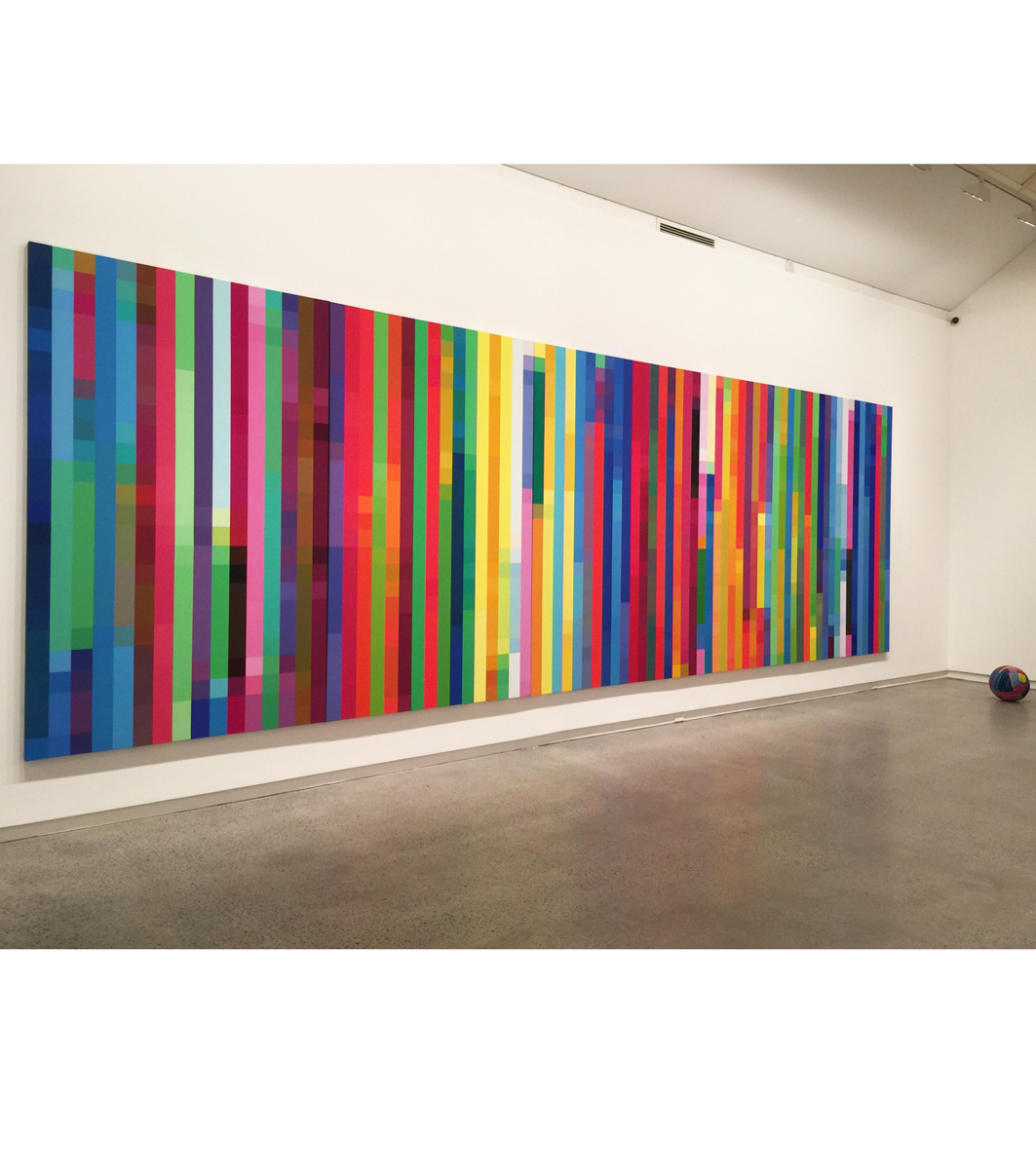
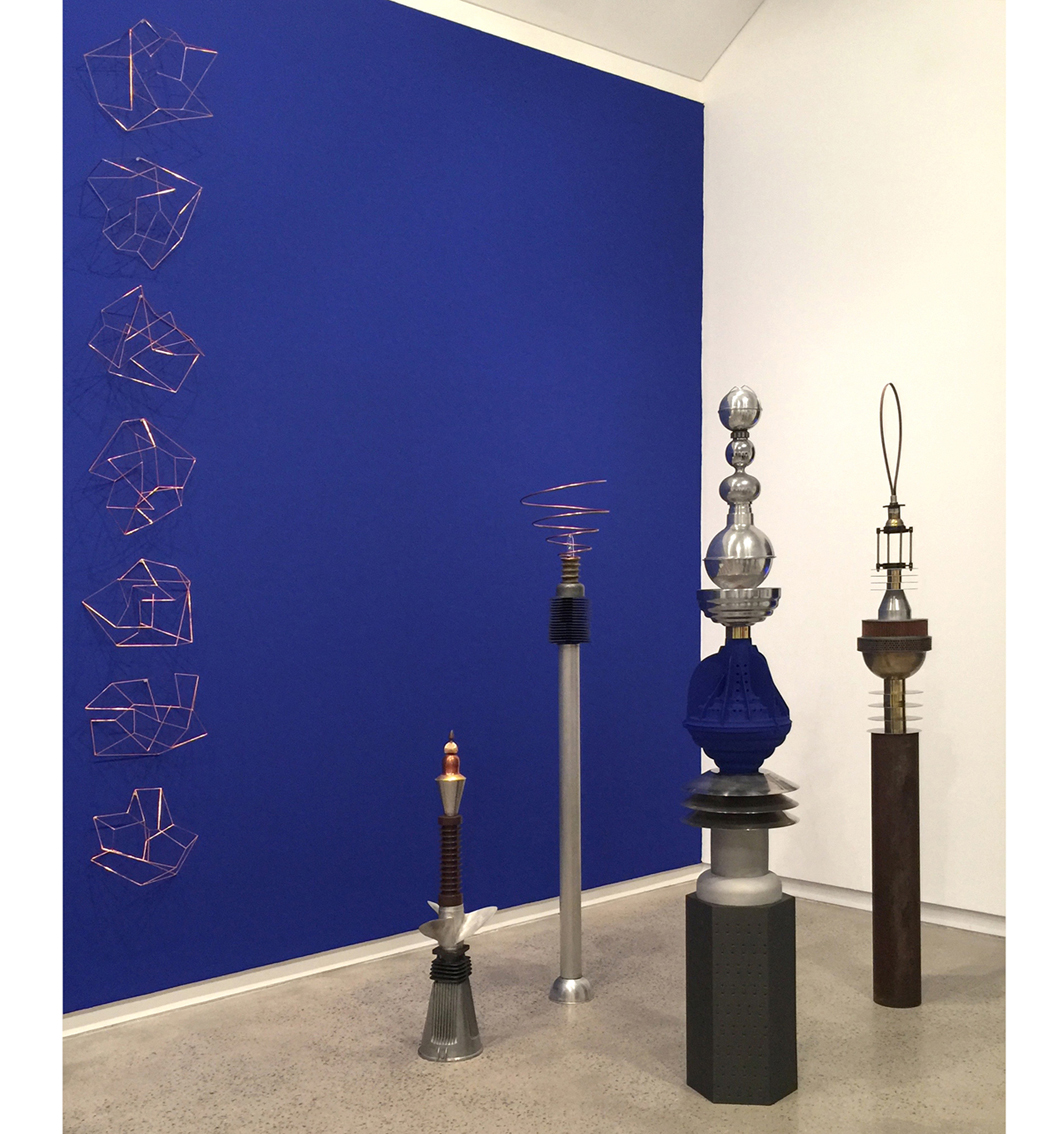
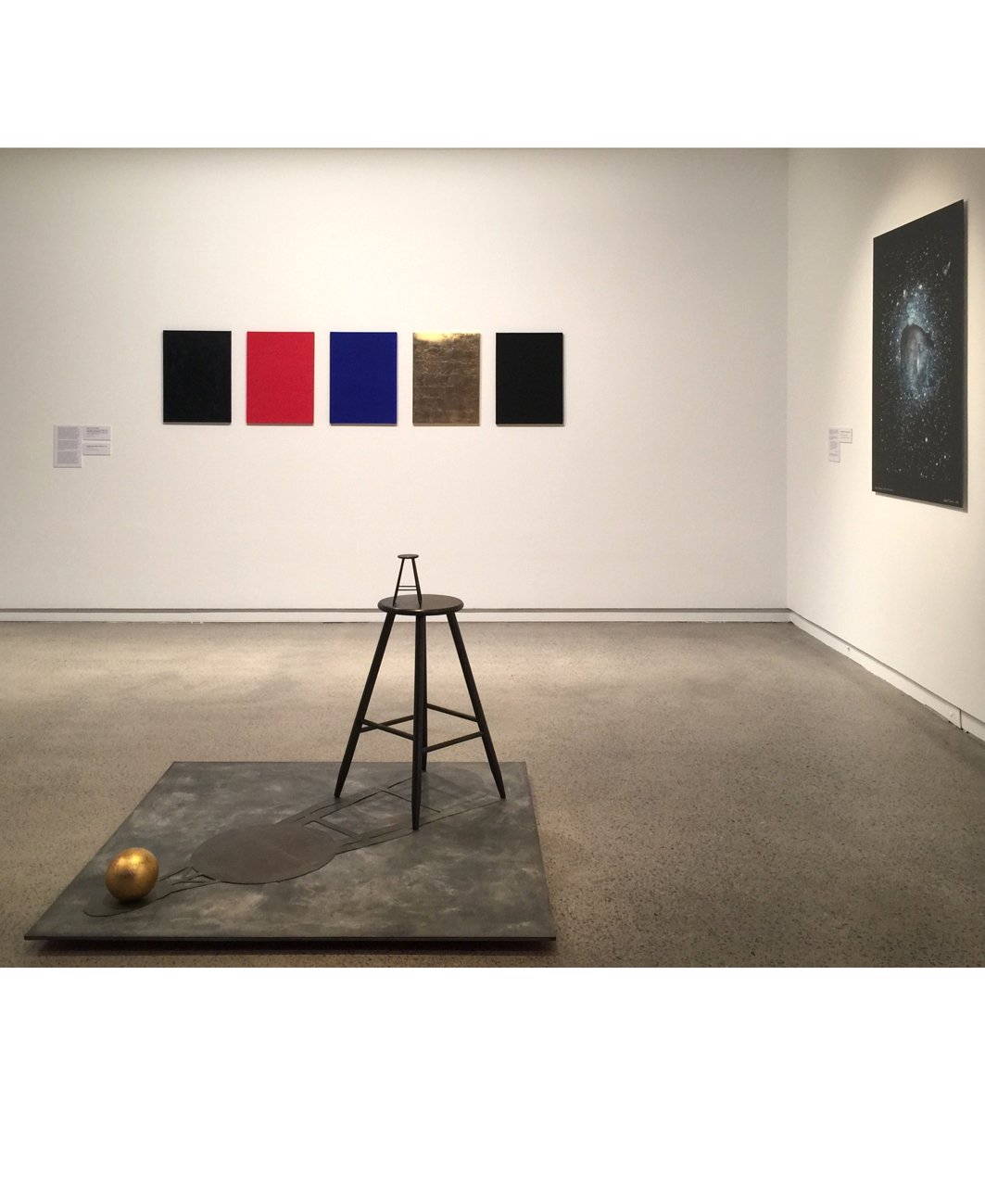
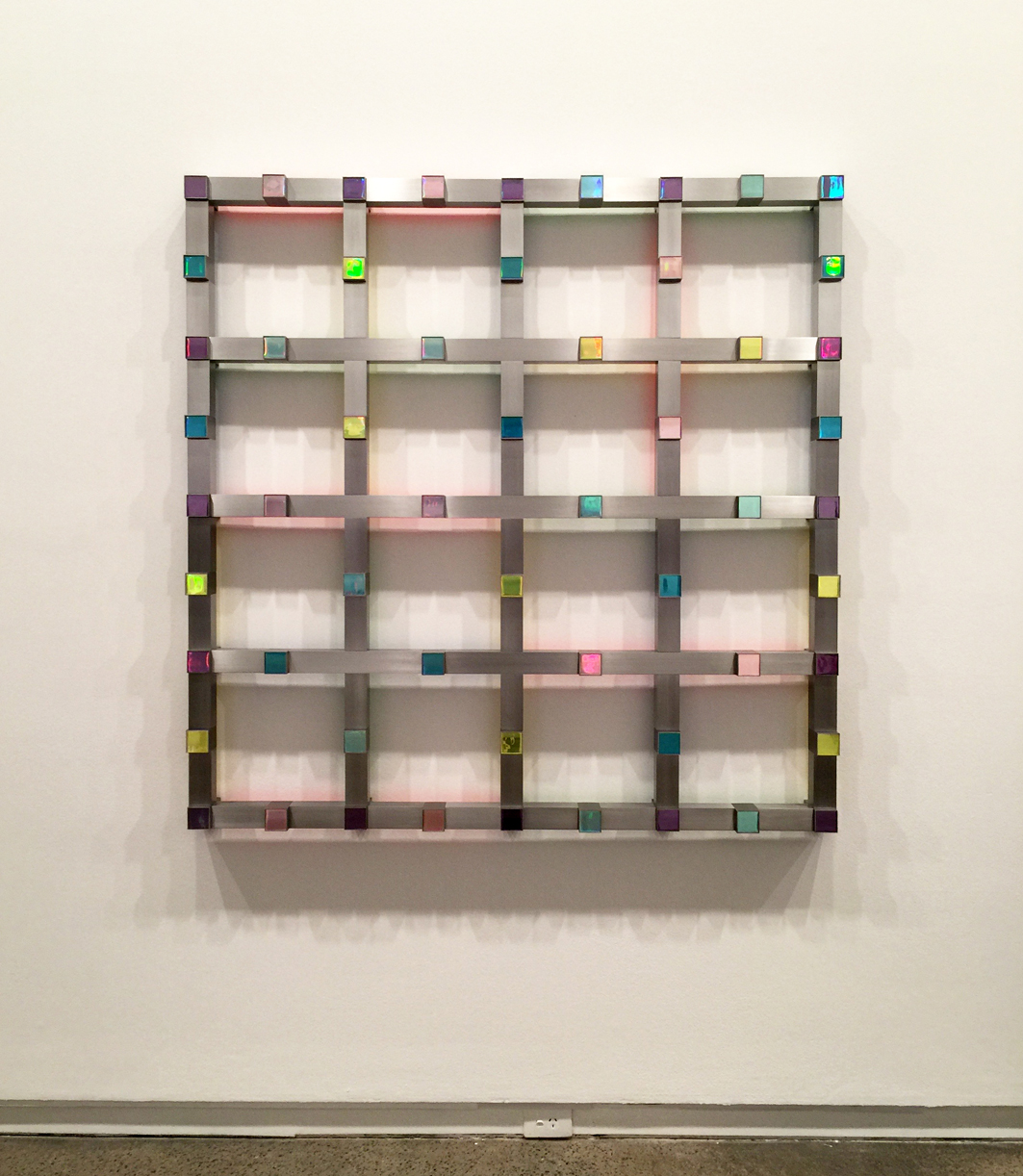
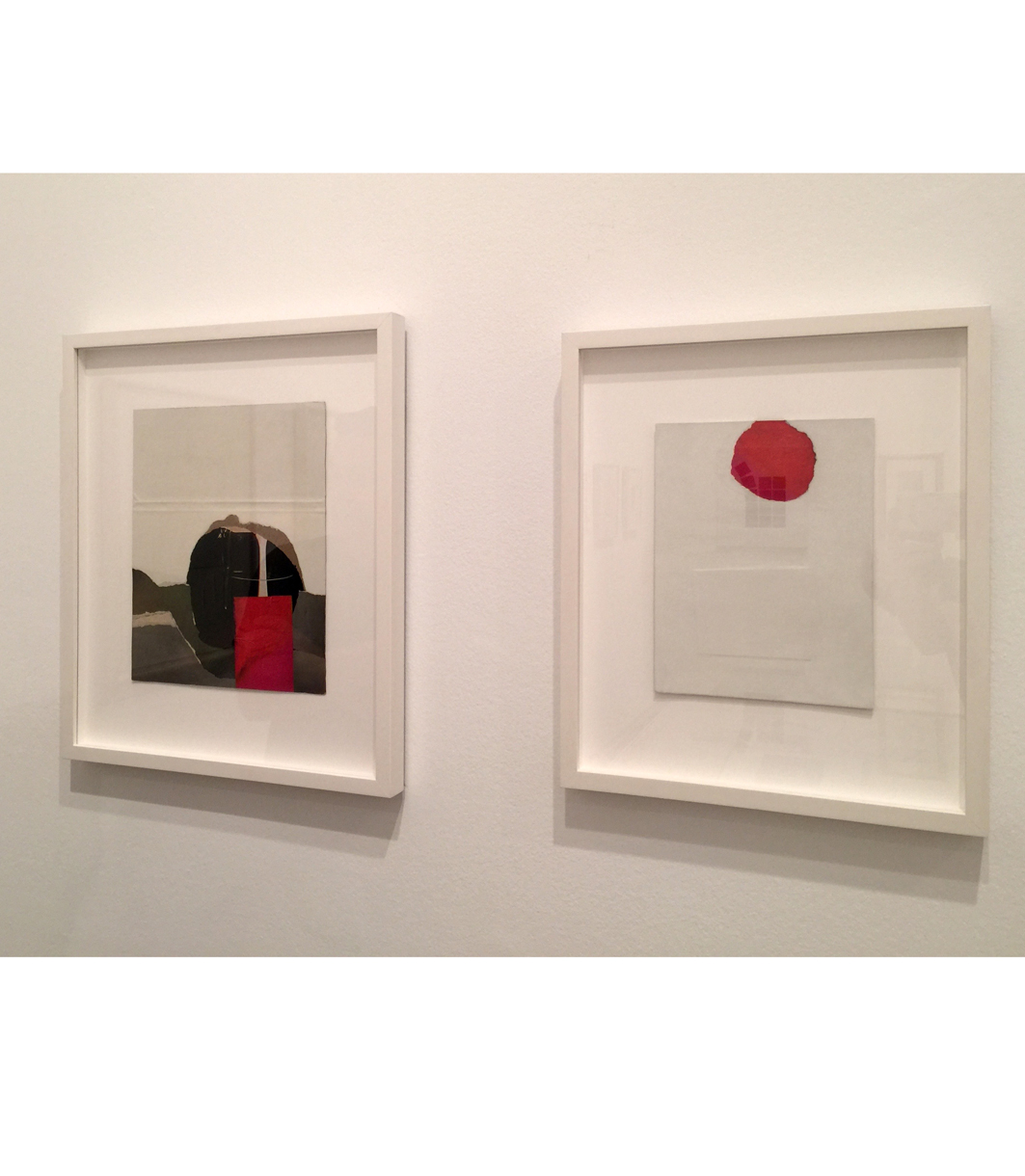
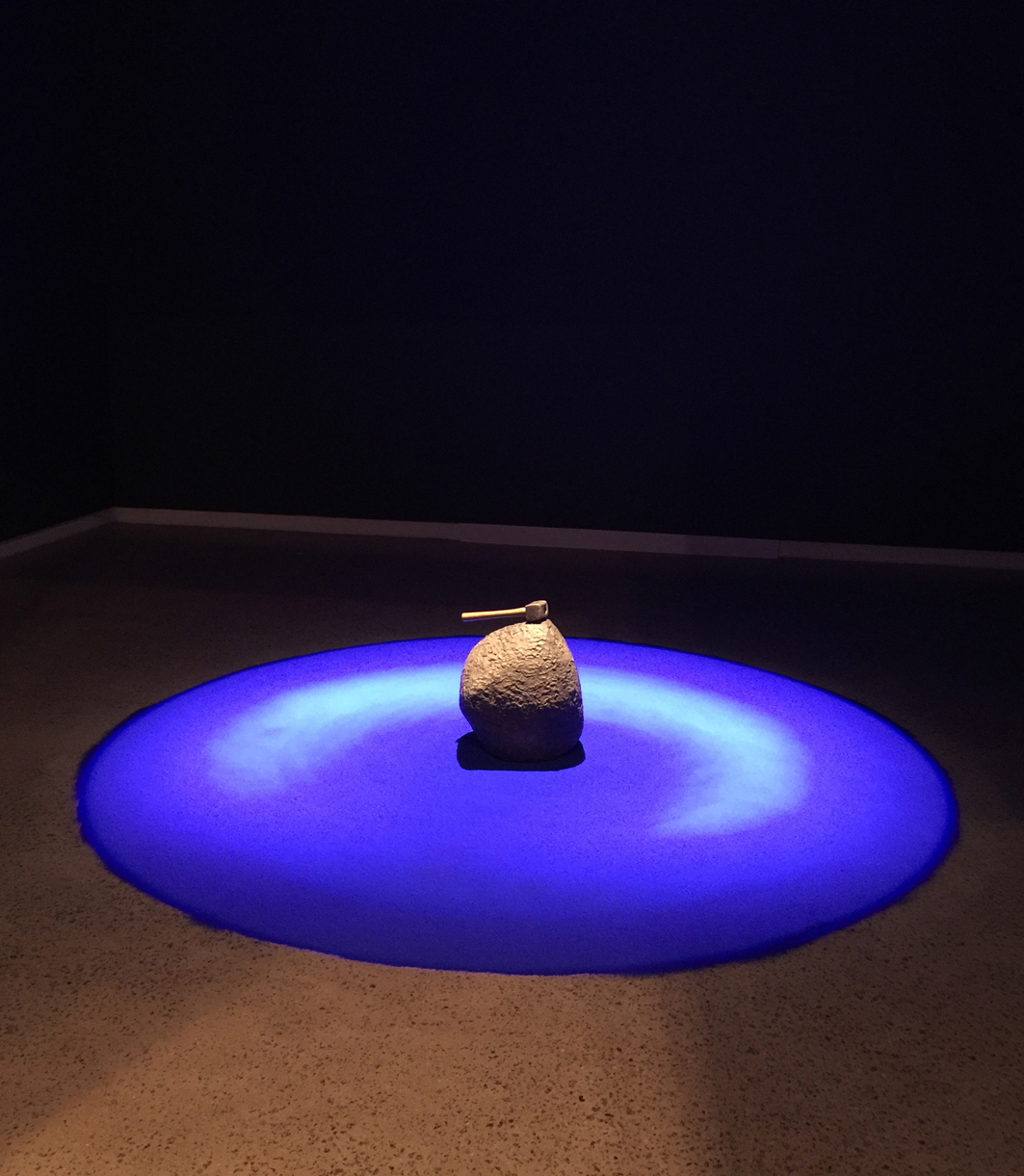
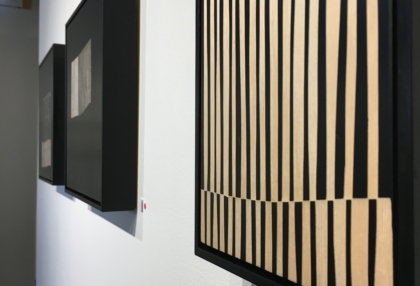
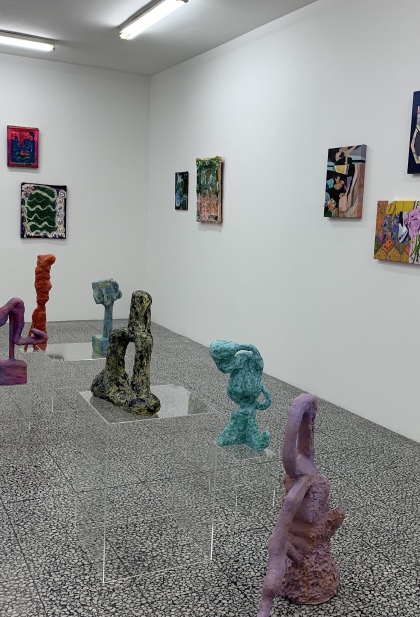
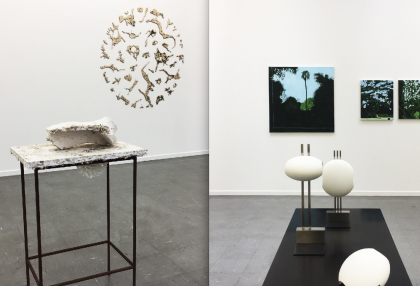
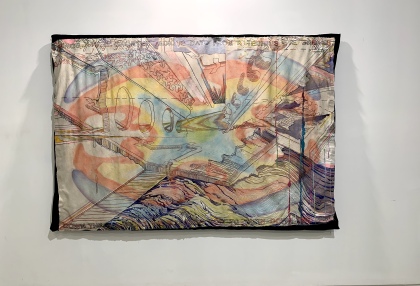
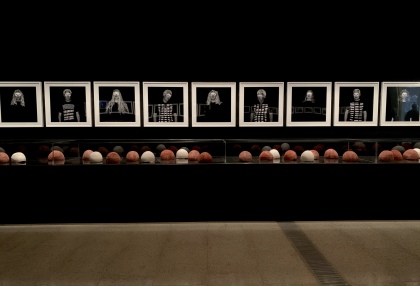
No Comments